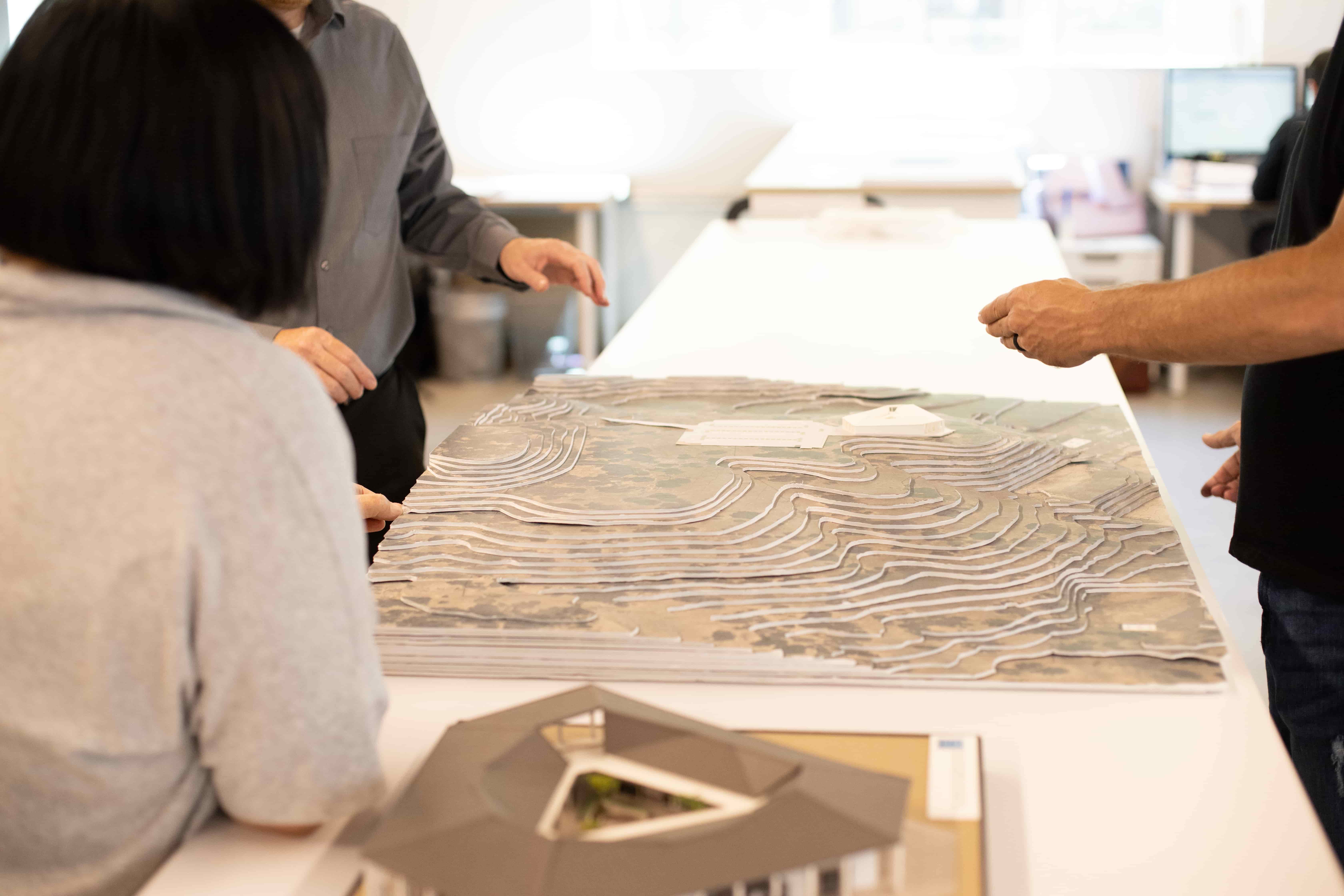See This Report on Janjic Architecture
Table of ContentsThe Best Guide To Janjic Architecture9 Easy Facts About Janjic Architecture Explained8 Easy Facts About Janjic Architecture ExplainedNot known Facts About Janjic Architecture
Designers are specialists that develop buildings and other frameworks, guaranteeing they are both useful and visually pleasing. They are accountable for developing spaces that satisfy the requirements of the people that use them while additionally considering safety and security, sustainability, and conformity with structure laws. Designers take into account safety, functionality, environmental influence, energy performance, and regional zoning regulations while establishing designs for numerous types of structures, consisting of domestic, industrial, public buildings, and also specialized frameworks like medical facilities and schools.
Architects do much more than design visually pleasing buildings. They are included in every phase of a building's building, from its conception to the ribbon-cutting ceremony. On any provided day, a designer could meet customers, prepare construction papers, or go to a worksite. An architect's specific obligations alter from task to task, but common tasks include:: Establishing building ideas and designs, consisting of conceptual sketches, 3D models, and renderings to visualize the last product.: Preparing detailed drawings and plans utilizing sophisticated software such as AutoCAD, Revit, SketchUp, or an additional device, guaranteeing that all technological specs are included.: Working together with clients, engineers, specialists, and other stakeholders to incorporate feedback, make sure the style satisfies client needs, and maintain positioning with project objectives.
: Making certain projects comply with building ordinance, zoning laws, security laws, and access standards to ensure the safety, legality, and top quality of the last framework. Architects put on a great deal of hats in their everyday work, so the skills required to be successful as a designer are varied. Some crucial skills you require to function as a designer include:: Incorporate visual charm with capability to develop attractive and useful spaces.: Use advanced math principles, consisting of geometry and physics, to make certain designs are secure and functional.: Resolve design-related and legal concerns successfully to keep projects on track.: Make certain every aspect of the style is precise to avoid setbacks.: Work together successfully with customers, engineers, specialists, and other professionals.: Work well with others to bring jobs to fruition, collaborating with numerous stakeholders.: Take ownership of jobs and inspire groups to make sure effective implementation.
Some students choose to earn both the B - Janjic Architecture.Arch and the M.Arch; nonetheless, this is not a demand for licensure. If you have a four-year bachelor's degree in style or another discipline, you can gain an M.Arch and get architecture licensure. Becoming a designer needs considerable training and a broad series of coursework
All about Janjic Architecture
These training courses prepare pupils for the diverse challenges of building technique, outfitting them with the abilities needed to be successful in their professions. Becoming an engineer needs commitment, creativity, and a clear understanding of the actions entailed. From education to licensure, this overview provides a basic roadmap for striving designers to browse the path towards an effective career in style.
There are a few various paths to coming to be an engineer, however both detailed below are the main methods:: This is a five-year undergraduate program that gives foundational expertise in building design, history, concept, and innovation. It is one of one of the most usual courses to coming to be an architect.: The M.Arch is a graduate-level program for trainees that already hold an undergraduate level.
This multi-division examination tests your skills and knowledge of style. The present version of the test is called ARE 5.0 and features six departments. Must be passed within five years to certify for architecture licensure.
After receiving your certificate, you can officially practice as an engineer and begin working independently or with a company. While getting a state license enables you to exercise within that jurisdiction, acquiring NCARB accreditation can make it less complicated to expand your practice to other states. The NCARB Certification is a credential that facilitates reciprocity, enabling you to work across several jurisdictions.
Janjic Architecture for Dummies

This security, incorporated with the innovative nature of the job, makes architecture an attractive job for individuals enthusiastic regarding design and the built setting. According to the BLS, the average yearly income for architects in 2023 is $93,310. Designers incomes can differ commonly relying on elements like place, education and learning, and experience, with yearly incomes ranging from $65,220 to $105,190.
The 2-Minute Rule for Janjic Architecture
Prior to diving right into assumptions, we ought to initially explain the duty of an architect in building. Many of a designer's job occurs before construction begins, they stay on the project until conclusion.
On a lot of jobs, nevertheless, you will mostly communicate with your designer. Normal communication flow in between proprietors, architects, and service providers. Throughout construction, a top quality engineer will enjoy the progress, upgrade you on any kind of modifications, and advocate for your interests when items are not in conformance with the agreement files. Specifically, you can expect your architect to do the adhering to responsibilities: Prior to building and construction starts, your engineer will certainly establish assumptions with you and your professional.

Comments on “The Facts About Janjic Architecture Uncovered”